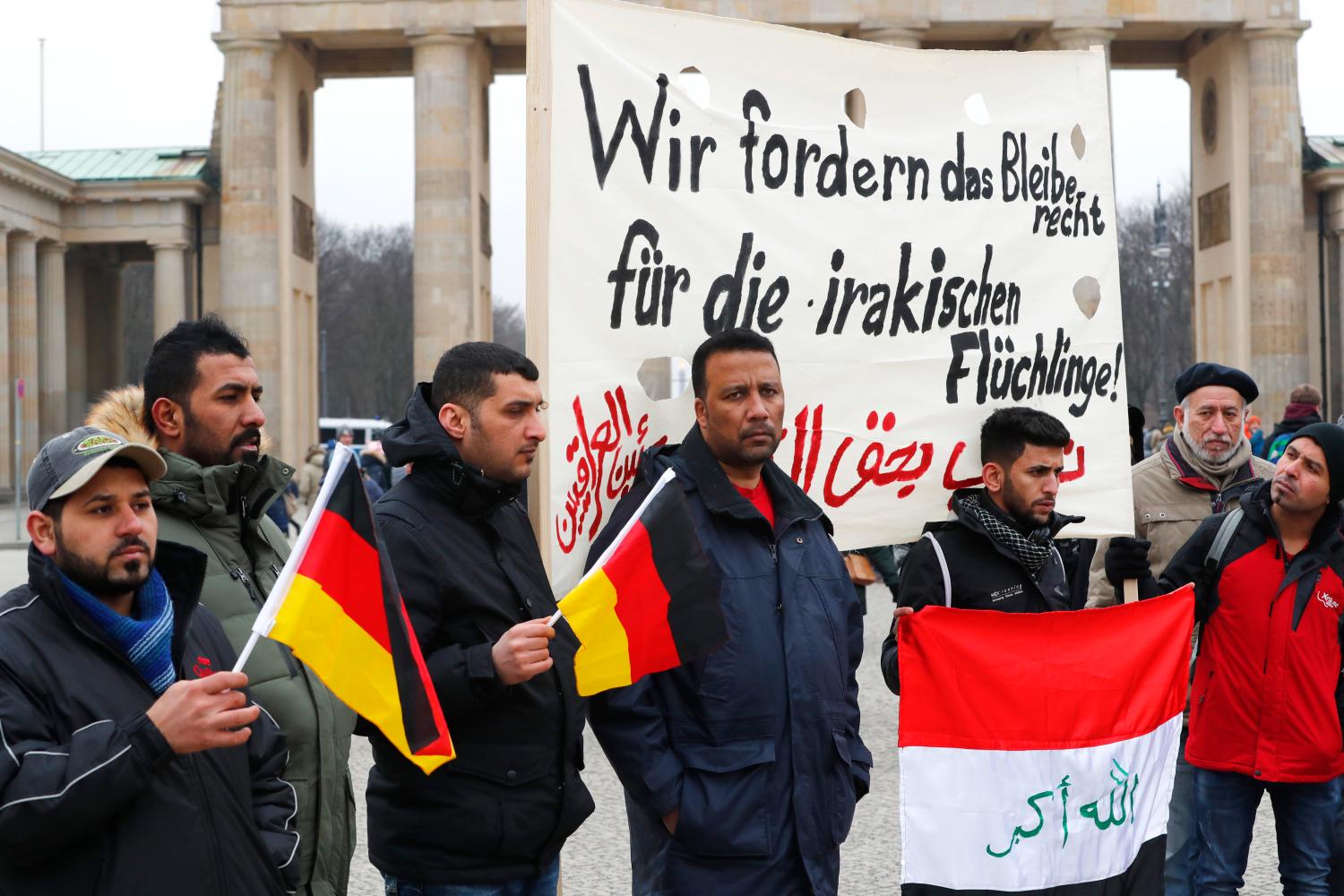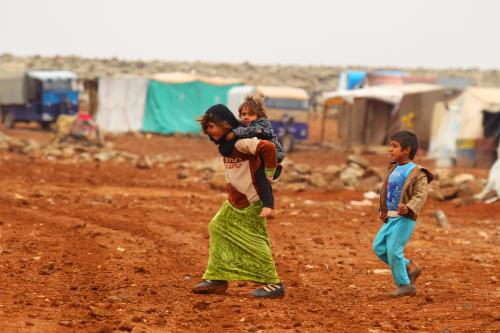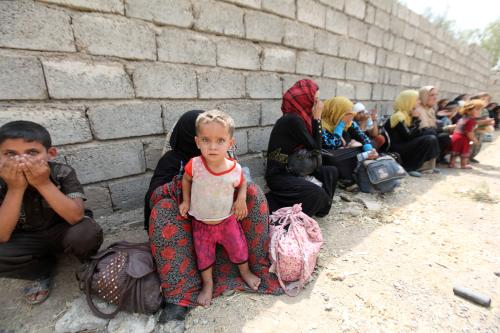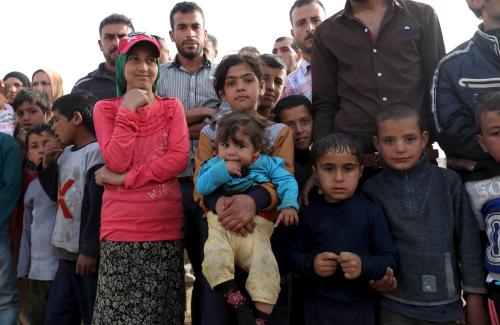When world leaders gather in New York this week for their annual meeting at the United Nations, they will make a concerted push to do more on behalf of the more than 65 million displaced people worldwide. That’s the kind of high-level emphasis necessary, given the scale of need.
As part of that effort, President Obama—during the last U.N. General Assembly of his tenure—is convening a summit today with the goal of securing concrete commitments from governments to expand opportunities for refugees. Although his efforts are geared towards refugees globally, Syria is of course forefront in everyone’s mind. Given the politics of the moment, it’s bound to be an uphill battle—but not a futile one.
The goals of the summit are threefold: first, to increase funding for humanitarian assistance; second, to get countries to admit more refugees through resettlement or alternative legal pathways; and third, to increase refugees’ access to education and legal work.
The administration hopes to make progress in advancing those goals through an international consensus on what they mean and how to achieve them.
Prioritize financial support for front-line states. The administration aims to generate a 30 percent increase in financing for humanitarian assistance, from $10 billion in 2015 to $13 billion this year. That’s a worthy objective, since aid is stretched to the point where basic needs frequently go unmet—especially in the case of those fleeing violence in Syria. The Syrian Crisis Fund, intended to finance the internationally agreed humanitarian response plan for Syria and the U.N. High Commissioner for Refugees’ (UNHCR) regional refugee and resilience plan, is less than half funded.
The vast majority of refugees reside in front-line states, and most of them will not have the opportunity to resettle elsewhere. Advancing the well-being of the displaced where they are is not just a humanitarian imperative. It’s also a political one. Lebanon and Jordan are themselves fragile. As of late last year, 85 percent of Syrian families in Jordan were either food insecure or vulnerable to food insecurity, up significantly from the year before. In Lebanon, 70 percent of Syrians live below the extreme poverty line of $3.84 a day. Containing instability in the region requires addressing poverty among massive refugee populations. So does containing instability more broadly: Europe, which took in more than a million migrants last year, has struggled to keep its borders open and its right-wing politics in check.
Increasing financing for humanitarian assistance is not just compassionate and strategic, it is also the most politically feasible of the goals President Obama has laid out. As the largest single donor to Middle Eastern refugee relief, the United States has at least some leverage with which to encourage contributions from other wealthy countries. As Michael Ignatieff suggests in a recent Brookings paper, the administration should endeavor to persuade permanent Security Council members Russia and China to contribute at a level commensurate with their international influence. That could perhaps be accomplished by offering increased intelligence sharing on threats related to violent extremism originating in Syria, a concern to both countries.
Prioritize vulnerable populations for resettlement. The administration aims to double the number of resettlement slots and alternative legal pathways for admission that are available to refugees. That’s a laudable objective, but even if it’s achieved, the scale of the displacement crisis is such that a majority of the world’s refugees will remain in front-line states for the foreseeable future. Those who are particularly vulnerable—unaccompanied minors; survivors of torture; the disabled; and single-parent, female-led families among them—are in particular need of safe haven and warrant special attention. According to UNHCR, 10 percent of Syrian refugees fall into those categories. As Brookings’s Bobby McKenzie has argued, the administration should place special emphasis on securing them refuge.
Establish a global network for information sharing among cities. The administration aims to increase the number of refugees worldwide in school and the number of refugees granted the legal right to work, each by one million. Accomplishing this will require action on the part of local actors as much as national ones. But so far, the international community has tended to think about the crisis in cross-border terms.
City governments and other stakeholders—from school boards to chambers of commerce—have on-the-ground knowledge about what works and what doesn’t when it comes to refugee integration. Sharing best practices offers a promising avenue to speed the replication of effective strategies. As Brookings’s Centennial Scholar Bruce Katz has suggested, the administration should consider establishing a “‘practitioner in residence’ program, whereby experienced practitioners could advise individual cities or groups of cities around proven innovations.” This could enhance relationships between metropolitan leaders facing similar challenges.
Coming up with solutions for the largest migration crisis since World War II is no doubt a daunting task for leaders at the community level as well as for the community of nations. While the only long-term solution is ending the violence that drives displacement—with Syria at the epicenter—those leaders shouldn’t lose sight of the trees for the forest: There are near- and medium-term steps they can take to make a difference. This week’s meeting offers an important opportunity to make commitments toward those steps, marshal the resources to make them possible, and kick-start concrete efforts to rise to the challenge.
The Brookings Institution is committed to quality, independence, and impact.
We are supported by a diverse array of funders. In line with our values and policies, each Brookings publication represents the sole views of its author(s).










Commentary
The refugee crisis needs concrete solutions—here are three
September 20, 2016